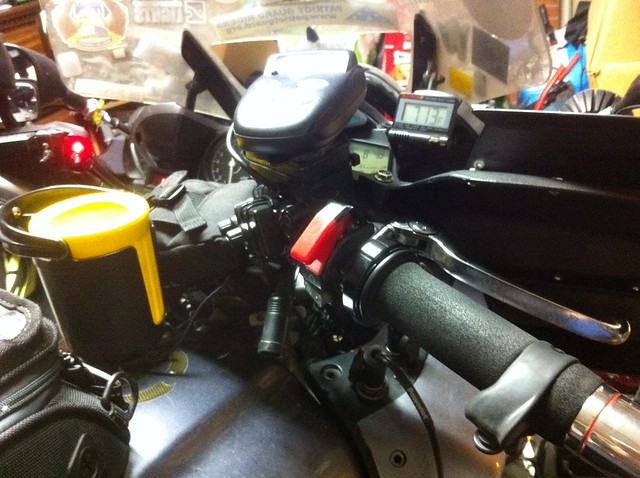Hi Ray Wood,
A good question, well for me, I've been doing a lot of schooling on vehicles, especially motorcycles. What I took away was, that it is with more certainty to use the kill switch to make sure the engine will shut down for good to prevent anything bad from happening, i.e. engine keeps running after the key was turned and so on. So I went to google and asked BigBrother,
here's a good answers from Yahoo answers:
Yahoo Answers.....
Here's the text of the best answer:
Using the Engine Cut-off Switch will not harm your bike in any way -- that's what the switch is for!
In the MSF Basic Rider Course, part of getting a new rider used to using the Engine Cut-off Switch is so that if/when there is a problem (engine races out of control, bike and rider fall over, etc.) the rider's first response will be to shut the engine off. That red switch is Federally-mandated to be in the same spot in each motorcycle sold in the U.S. so that no matter what you've been used to riding (and where the key was on your old bike) you can shut the motor off with your right thumb.
The "proper shutdown procedure" we teach in the Basic Rider Course is turning the motor off with the cut-off switch, turning the key off, and turning the fuel petcock to "off" (if your bike has one); often referred to as "Thumb, Key, Valve".
While you certainly can use the sidestand switch to shut the engine off (the switch shuts off the motor if the sidestand is down and the bike is in gear - lets it run if the bike is in Neutral) not every bike has this and if you change bikes -- even just to ride a buddy's bike around the block -- you could put the stand down while the bike is in gear and running.
Source(s):
I am an MSF-certified safety course Instructor.
I am a Motorcycle Skills Test Examiner for my home state BMV.
I have been a variety of bikes in all types of weather for 19 years.
Hope that explains it.
RPK































































